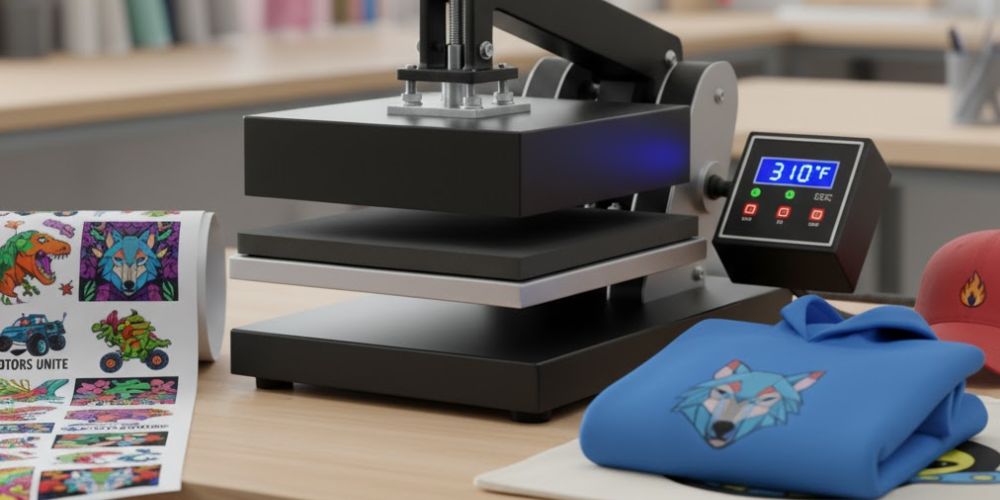Neither DTF nor screen printing is automatically better; the ideal choice depends on your requirements. DTF is great for small batches with detailed, multi-colored designs and quick production times. Screen printing, on the other hand, is more suited for large orders of simple designs, providing better durability and lower cost per item at high volumes.
In-Depth Comparison of DTF Vs Screen Printing
DTF transfers and screen printing are both good methods, but they are better in different areas based on proven data, like as cost, production, and quality.
Cost Efficiency and Order Volume
In cost efficiency and order volume in terms of dtf vs screen printing, DTF transfers are good for small to medium orders, and screen printing is more cost-effective for large-volume orders (over 500).
When looking at cost-effectiveness, you need to consider the size of your order. DTF (Direct-to-Film) is generally more cost-effective for small to medium orders, such as those under 100 units, because it has minimal setup costs. You avoid the high initial expense of creating multiple screens for each color, meaning the price per garment stays low and consistent for smaller runs.
Conversely, screen printing requires a significant upfront investment in time and materials to prepare a separate screen for every color in the design. This makes it more expensive for small orders. However, for large bulk orders (typically over 500 pieces), screen printing becomes the most cost-effective method because the high initial setup cost is spread across hundreds or thousands of garments, driving the price per shirt down dramatically, often making it cheaper than DTF at that scale.
Design and Detail
For design and detail, DTF transfers give you a clear advantage for complex images. Because it is a digital printing process, DTF can effortlessly handle photo-realistic prints, intricate details, and designs with an unlimited number of colors and smooth gradients. It prints all colors in one pass, and you can even change your DTF color settings for better prints. On the other hand, large solid designs will feel better screen printed than DTF. Screen printing allows for more control over colors due to using single colors, not limited by the printer's ink color scheme.
Fabric Versatility
In terms of Fabric Versatility, DTF transfer is the winner. It is highly versatile and works exceptionally well on almost any type of fabric, including cotton, polyester, rayon, blends, and even challenging materials like nylon, fleece, and applies dtf transfers on leather. This process rarely requires a pre-treatment step. Screen Printing is traditionally best performed on 100% cotton and cotton-blend materials. While you can print on synthetic fabrics, you often need to use special inks and additives to ensure adhesion and prevent the color from bleeding (dye migration), which adds complexity to your process.
Durability and Feel
When comparing durability and Feel, both methods are long-lasting, but they feel very different. Screen Printing creates an incredibly durable print, with well-cured results often lasting 50 to over 100 washes, frequently outlasting the garment itself. The print's ink is pushed directly into the fabric fibers, which results in a softer, more breathable feel. In contrast, a DTF print is applied as a heat transfer, so the entire design sits on top of the fabric with a solid polymer adhesive layer. This gives it a slightly thicker, more rubbery or plastic feel, though DTF transfers are very durable, and DTF is as durable and sometimes lasts longer than the screen printing. With technology, now you can match Screen printing times. DTF can do 500 shirts and hour with one person, which is the same as screen printing for a single person.
Production Speed and Workflow
DTF (Direct-to-Film) has an extremely fast, near-instantaneous setup. Since the design is printed digitally, there are no screens to prepare, coat with emulsion, expose with light, or wash out. This makes DTF ideal for quick turnarounds, urgent orders, and print-on-demand models. Once the setup is complete, however, the continuous printing speed is moderate, governed by the printer's output.
Screen Printing has a very slow and labor-intensive setup. For every color in the design, a separate mesh screen must be meticulously prepared, registered, and aligned. This can take a significant amount of time, making it impractical for quick, small runs. However, once the setup is finished, a high-volume automatic screen press is incredibly fast, capable of pushing out hundreds of garments per hour, which is its major advantage for large-scale production. Because of the heavy setup investment, DTF supports no minimum order quantity, while screen printing typically requires a high minimum order to be cost-effective.
Startup Cost and Space
In terms of Startup Cost, neither method is cheap, but they differ in investment allocation. A basic, entry-level Screen Printing setup (a manual press, exposure unit, and basic drying equipment) can sometimes have a lower initial price point. However, a professional setup with an automatic press and conveyor dryer requires a very high capital investment. DTF requires a specialized printer, DTF inks, DTF powder, and a curing oven, which also translates to a medium to high initial investment.
Regarding required workspace, DTF is generally much more accommodating. The necessary equipment, while costly, is relatively compact, occupying a space similar to a large digital print area, and it needs less specialized ventilation. Screen Printing, conversely, requires a large workspace to house the large printing press, a substantial conveyor dryer, a separate washout booth, and dedicated space for storing numerous screens and chemicals.

